We spoke with members of the 14 AlgaePrize Finalist Teams representing 35 states and 14 countries to learn more about their unique approaches to the contest.
April 10, 2023The 2022-2023 AlgaePrize competition, sponsored by the U.S. Department of Energy’s (DOE) Bioenergy Technologies Office (BETO) and supported by the Algae Foundation and the National Renewable Energy Laboratory, challenges students to become the next generation of bioeconomy professionals developing novel solutions supporting gigaton-scale algae commercialization. Through AlgaePrize, BETO is committed to fostering a competitive environment which celebrates the diversity of student’s ideas, cultures, and educational backgrounds. Students will gain real-world STEM experiences and help address the nation’s bioenergy needs with innovative solutions. AlgaePrize team members answered questions about their projects and shared personal stories as they advanced closer to the Finals in mid-April 2023.
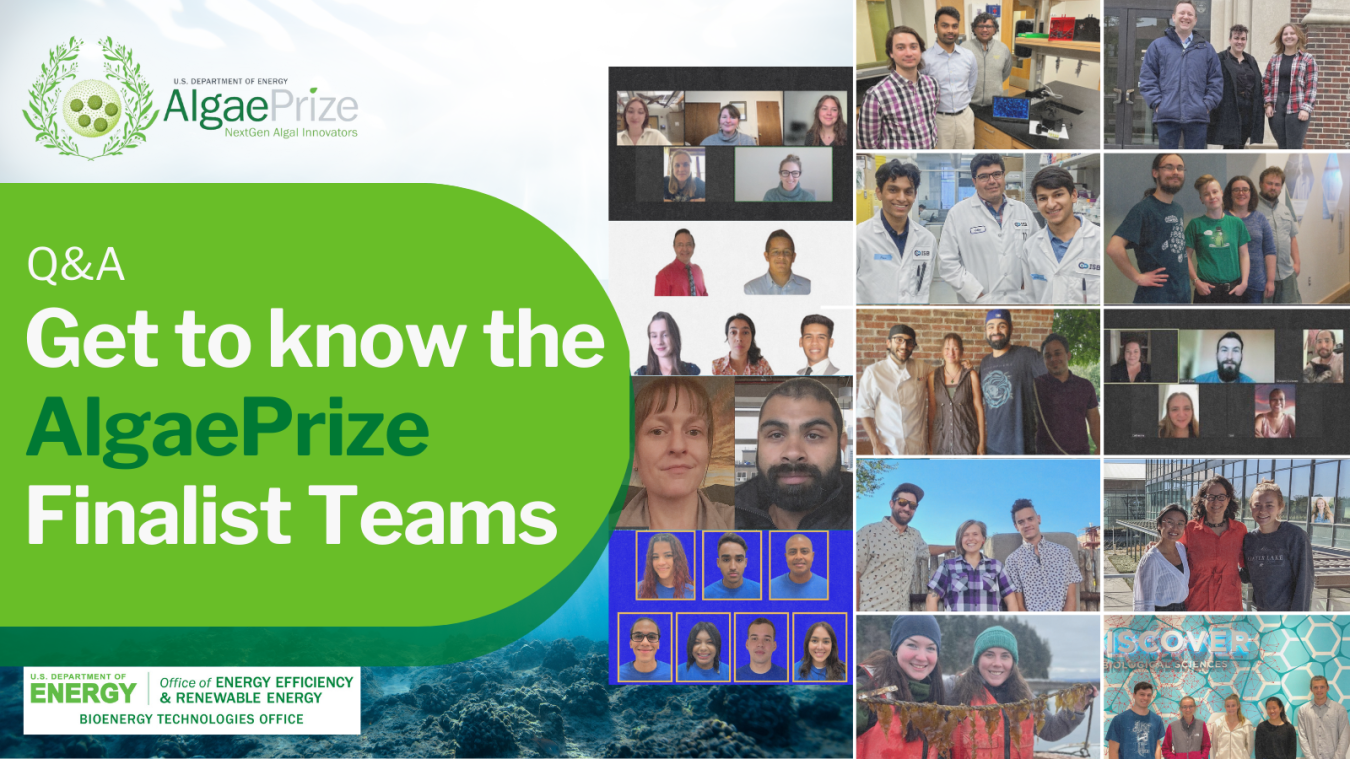
Products made from algae are a natural solution to the energy, food, economic, and climate challenges facing our world today. Algae have the power to fuel our vehicles, recycle carbon dioxide, provide nutritious food, and create jobs.
The AlgaePrize is a 16-month contest challenging teams of students from high school through graduate programs to develop novel solutions for the commercialization of algae biotechnologies. The contest directly supports the nation’s biofuel research efforts and promote industry-driven education, training, and workforce development. Members of the 14 AlgaePrize Finalist Teams representing 35 states and 14 countries provided additional information about their unique approaches to the contest.
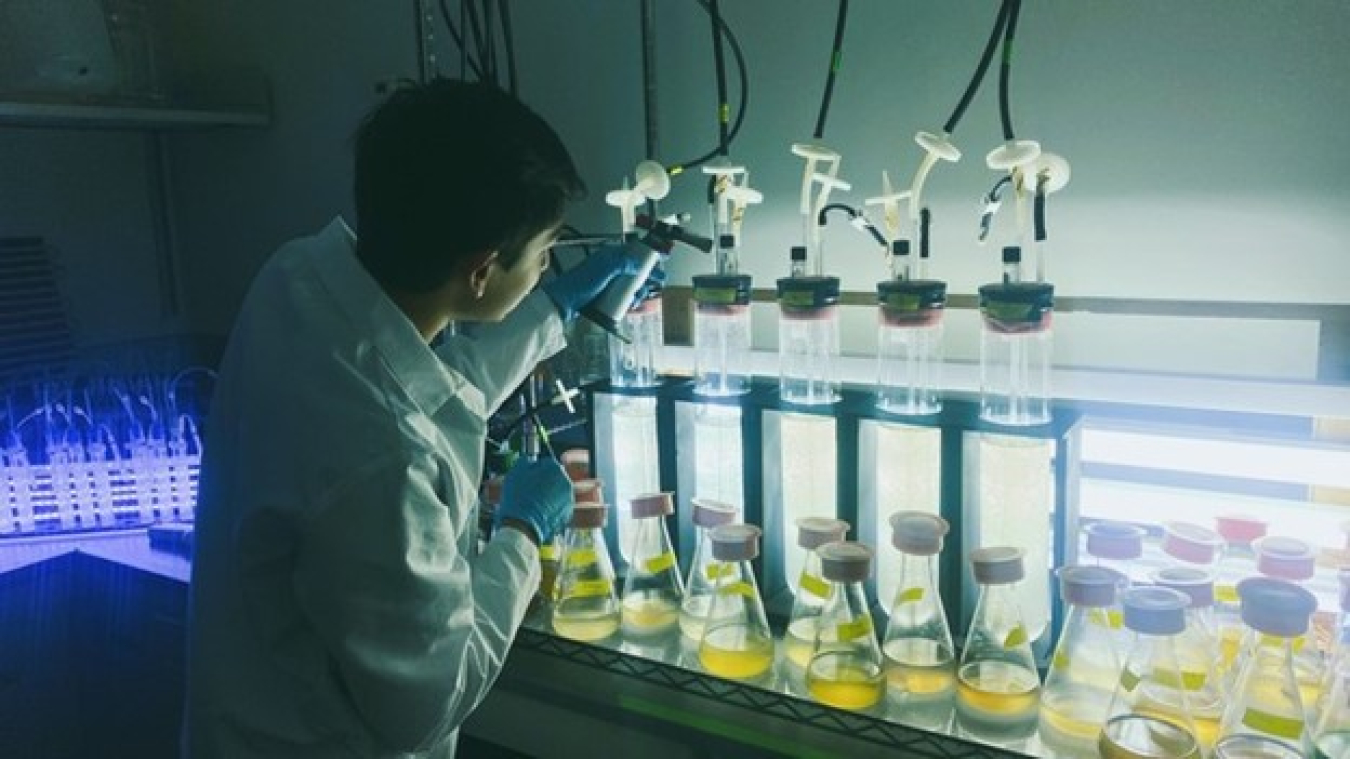
How were you introduced to algae?
“I was introduced to algae in a biofuels class at the College of Southern Idaho as a means to produce lipids for biodiesel production. It wasn't until years later that I learned about the metabolic flexibility and robustness of cyanobacteria—then I was hooked.” Melissa Marsing, PheFeed (Formerly Purdue ChemE)
“I was first introduced to the fascinating world of hyperthermal diatoms and green algae in the hot springs of Yellowstone National Park. There we were trying to leverage the diversity of photoautotrophs to enrich new species of algae that had a naturally high occurrence of bio-oil.” Jacob Valenzuela, Algaeorithm
“I was born and raised in Modesto, California, where one is bound to stumble across the water canals that would stretch on for miles. One day when the canal waters were dyed bright red to investigate the aquatic herbicides that were eliminating marine plants—specifically algae—I was immediately inspired to learn more about the biological intricacies of algae and its effect on the environment and people.” Kalissa Kang, Keep Calm and Chlamy On
“I took an amazing marine botany course during my undergrad at the University of California, Santa Cruz that timed perfectly with volunteer intertidal monitoring work and a scientific diving course where seaweed ID was required. It sparked my interest in algae as an ecosystem engineer and the amazing variation in species.” Tamsen Peeples, Kelp! I Need Some Algae
“I first met algae as a toddler on the shores of the Pacific Ocean in my home state, Alaska. Seaweed was commonly found on the rocky beaches there and I distinctly recall its strong aroma on the ocean air as one of my earliest and fondest memories. Little did I know that this fascination would one day lead me to a career as a young scientist in algal research.” Darcy Hunstiger, The Cyantific Method Team
What do you find appealing about algae and creating innovations within the commercial algae value chain?
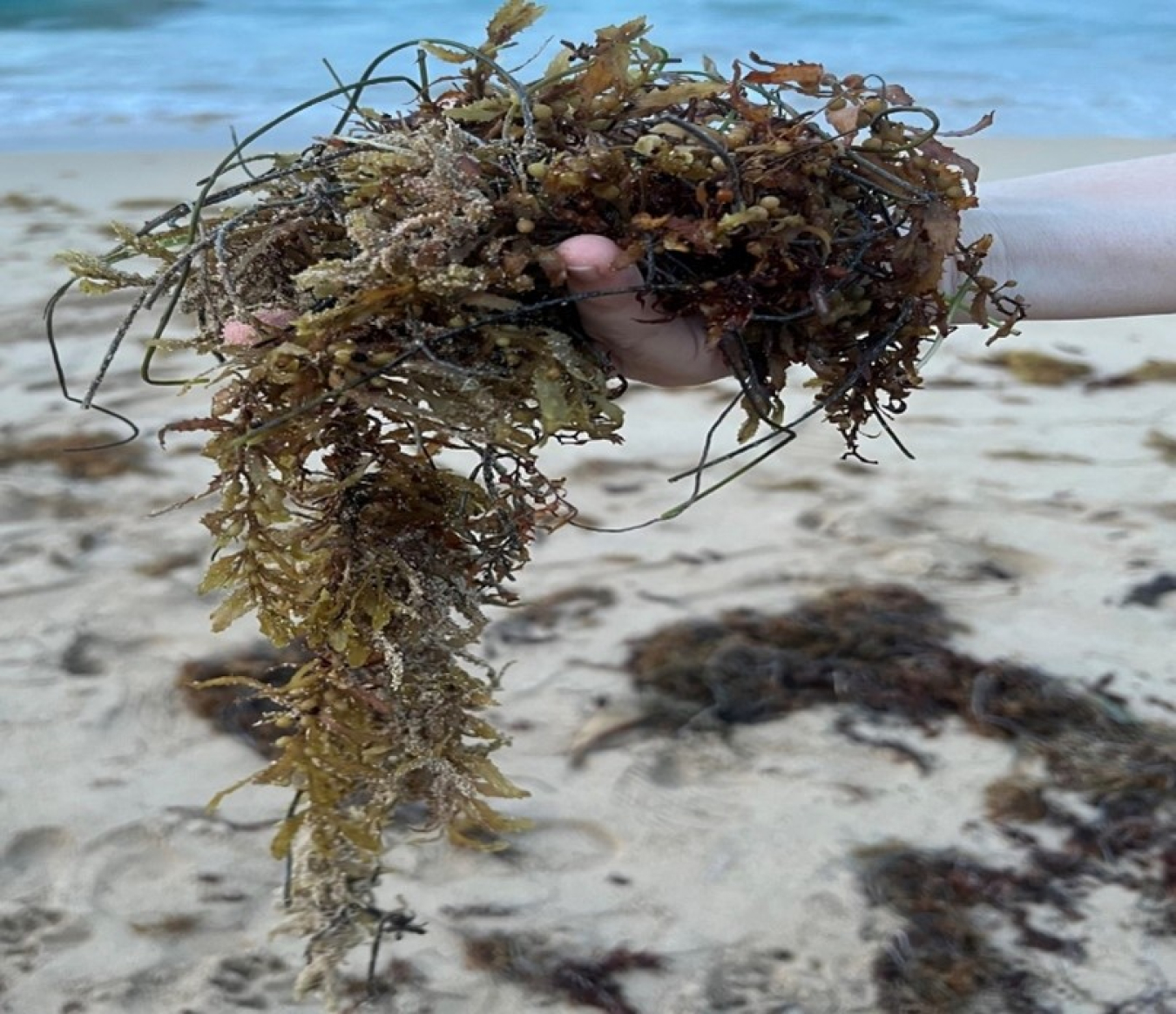
“In our Caribbean Island, sargassum is widely available. It makes algae an easy to find resource to produce a lot of useful things.” Gilberto Ramos Rivera, Team FitoEnergy
“Algae can grow in places traditional crops cannot and they have an especially low water requirement to sustain the same biomass as terrestrial plants. As our freshwater supplies dwindle with climate change, I think algae will hold the key to making use of conventionally unusable land and providing income and resources to communities around the world.” Benjamin Gincley, PhycoSight
“Algae is a profoundly broad area of study that has seemingly endless opportunities for research and development to help people and the environment. Being able to utilize the naturally occurring abilities of these organisms to produce necessary products is fascinating.” Afton Clements, PolyCulture Jam
“Microalgae are used in nutritional supplements and cosmetics, as fertilizers, and to feed aquatic animals such as fish on fish farms. There is exciting ongoing research looking into the use of microalgae as biofuels, deriving chemicals for medicine from them, and even into applications in biotechnology.” Katherine Duncan, Pond Doctors
“Algal-based products are not only renewable, but algal growth has a host of growth-related environmental benefits including carbon sequestration and playing a crucial role in aquatic ecosystems.” Mia Galero, UC Davis Giant Kelp Team
“Algae are incredibly diverse and so they have many unique solutions for surviving just about everywhere on Earth. As photosynthetic life, they make just about everything they need for survival, which makes for fascinating genomes and biochemical pathways.” Andrew Paton, The Cyantific Method
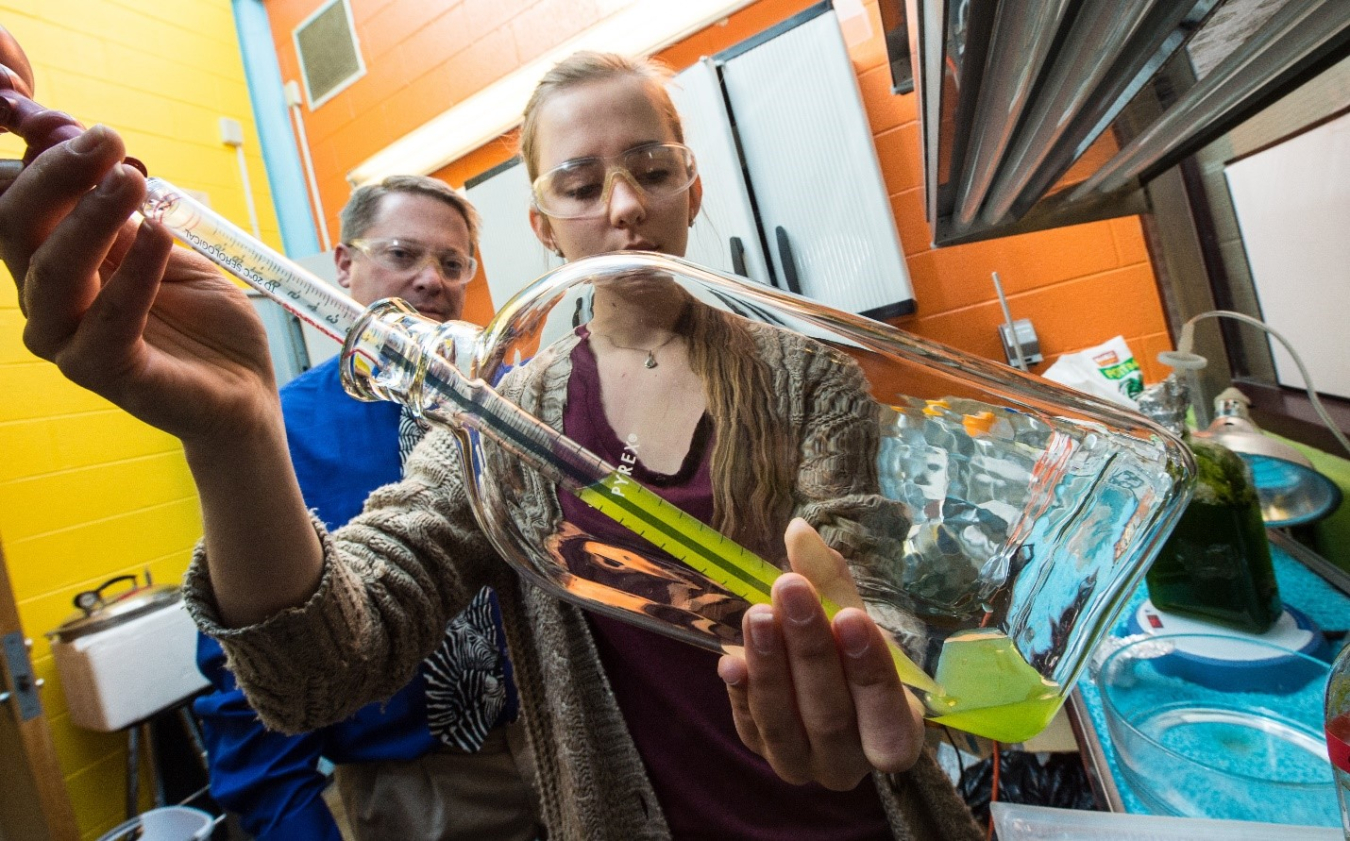
Innovation is key to producing projects that make a difference. During the 16-month competition, student teams have been working on creative solutions for real-world issues in the algae value chain based on one of the following areas of interest:
- Production
- Downstream Processing
- Novel Products or Analytical Tools
How will your project impact the industry?
“This project will impact the industry by providing a new source of nutrient dense algal food in a land locked region away from the ocean. It could expand into growing many types of macroalgae, seafood, and even freshwater foods with desalination.” Kalindi Stowell, Underground Ocean Farmers
“This project will contribute in many ways, starting with the reduction of non-biodegradable polymers. By using 3D printer filaments with a high composition of algae we can create a huge amount of consumer good via the additive manufacturing process. This will generate much less waste than other polymeric materials.” Zuanichi Figueroa, PUPR AlgaePrize Team
“I think that the project will contribute to the increasingly important area of bioremediation. But there are many spin-off benefits, such as improving water for potential use in agricultural applications.” Gregory Esteven, Toxic Ambrosia Salad
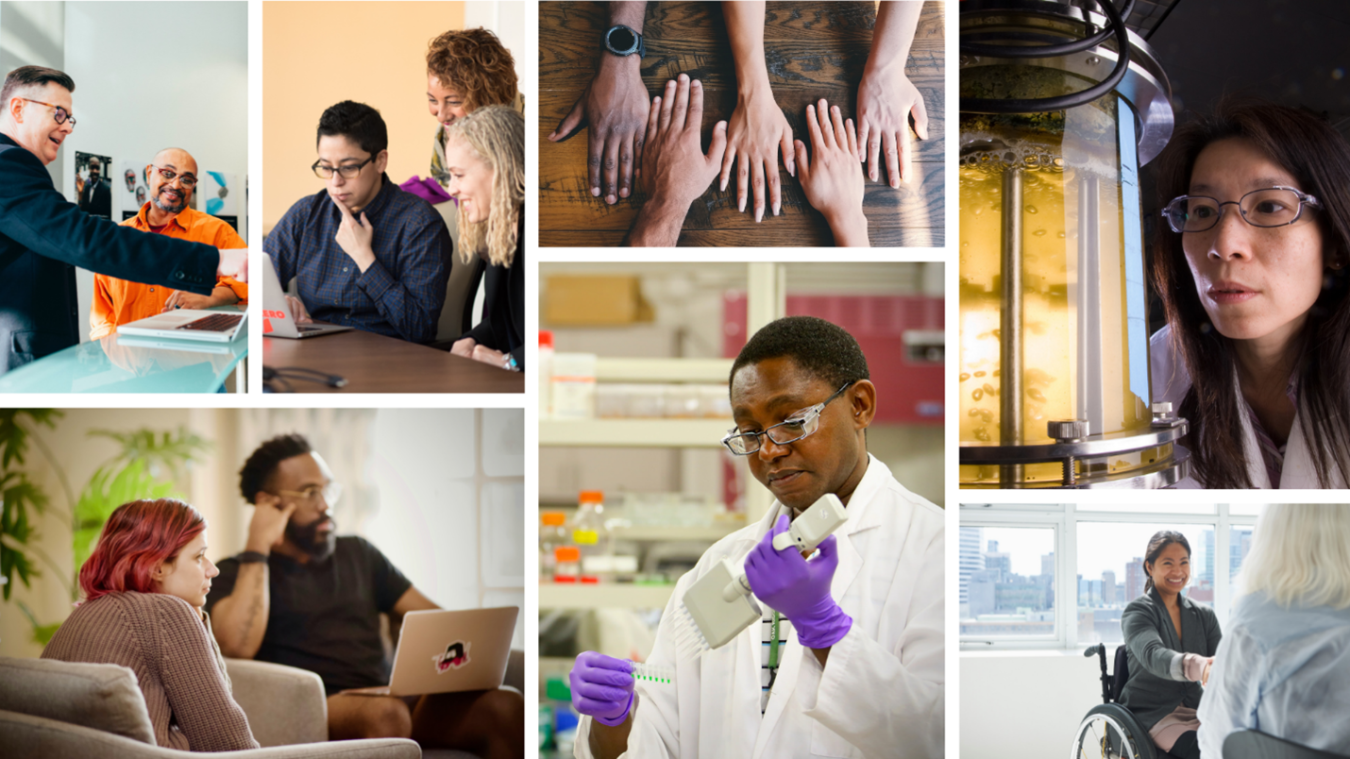
In addition to generating new ideas for the development, design, and invention of technologies within the commercial algae value chain, the AlgaePrize will foster workforce development and training, promote job creation in rural and urban areas, and support diversity and inclusion throughout the student and judging teams. The competition showcases the resource potential of algal biomass in the United States to be capable of producing billions of gallons per year of low-cost, renewable diesel and jet fuels.
Do you think your project will impact the development of workforce training?
“Where there is new farming, there will be a new job market. Algae Oasis project intends to provide jobs in rural areas where the brackish aquifers are located and to provide the necessary workforce training for a new seaweed cultivation industry.” Kalindi Stowell, Underground Ocean Farmers
“This project could create an important impact on low resource communities. If people near coastlines could become algae collectors and providers, it could represent a source of income to their families while simultaneously contributing to touristic area maintenance.” Gilberto Ramos Rivera, FitoEnergy
“The project has potential to assist in the development of workforce training as it will provide realistic processing times for a given algal consortium further adding to the industries understanding of the potential to mine valuable bioresources from waste streams to be redirected for value-added products and processes.” Gabriel Smith, Clean Water Cultivators
Fun Facts Shared by Finalist Teams
|
“Our group has a diverse set of nationalities with people from Perú, Colombia, Chile and Puerto Rico.” Gilberto Ramos Ribera, FitoEnergy |
|
“The Toxic Ambrosia team spans three generations and is diverse in every way!” Serena Prather, Toxic Ambrosia Salad |
|
“We are planning to 3D-print objects on the beach to encourage more Puerto Ricans to learn about additive manufacturing and chemical engineering concepts.” Zuanichi Figueroa, PUPR AlgaePrize Team |
|
“One of Nolan’s proudest achievements is having a dinoflagellate species named after him, D. nolanifera. Also, In 2019 Darcy helped to found the first and only (currently!) known student organization centered around algae biotechnology, The Algae Club at CSU. The club uses algae education and outreach as a platform to engage other students and community members in conversations about sustainability.” Darcy Hunstiger, The Cyantific Method |
|
“Ours is the only all-high school team and each team member lives in a different state (WA, CA, and GA). It is a testament to our communication and project vision. The team made a commitment to get together this year and we made it possible for two weeks this summer at ISB in Seattle, where the students were able to gain an authentic research experience.” Jacob Valenzuela, Algaeorithm |
|
“The boat we use for our work is named the Kelp Pig! She has a few decades on Tamsen and Muriel but Dr. Stekoll has given her lots of TLC over the years and she keeps on trucking!” Tamsen Peeples, Kelp! I Need Some Algae |
BETO supports research and development to lower the costs of producing algal biofuels—such as sustainable aviation fuels—and bioproducts. BETO is working to build the algae bioeconomy of the future, where fossil fuels could be replaced with an abundant, renewable, and flexible source of energy.

